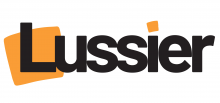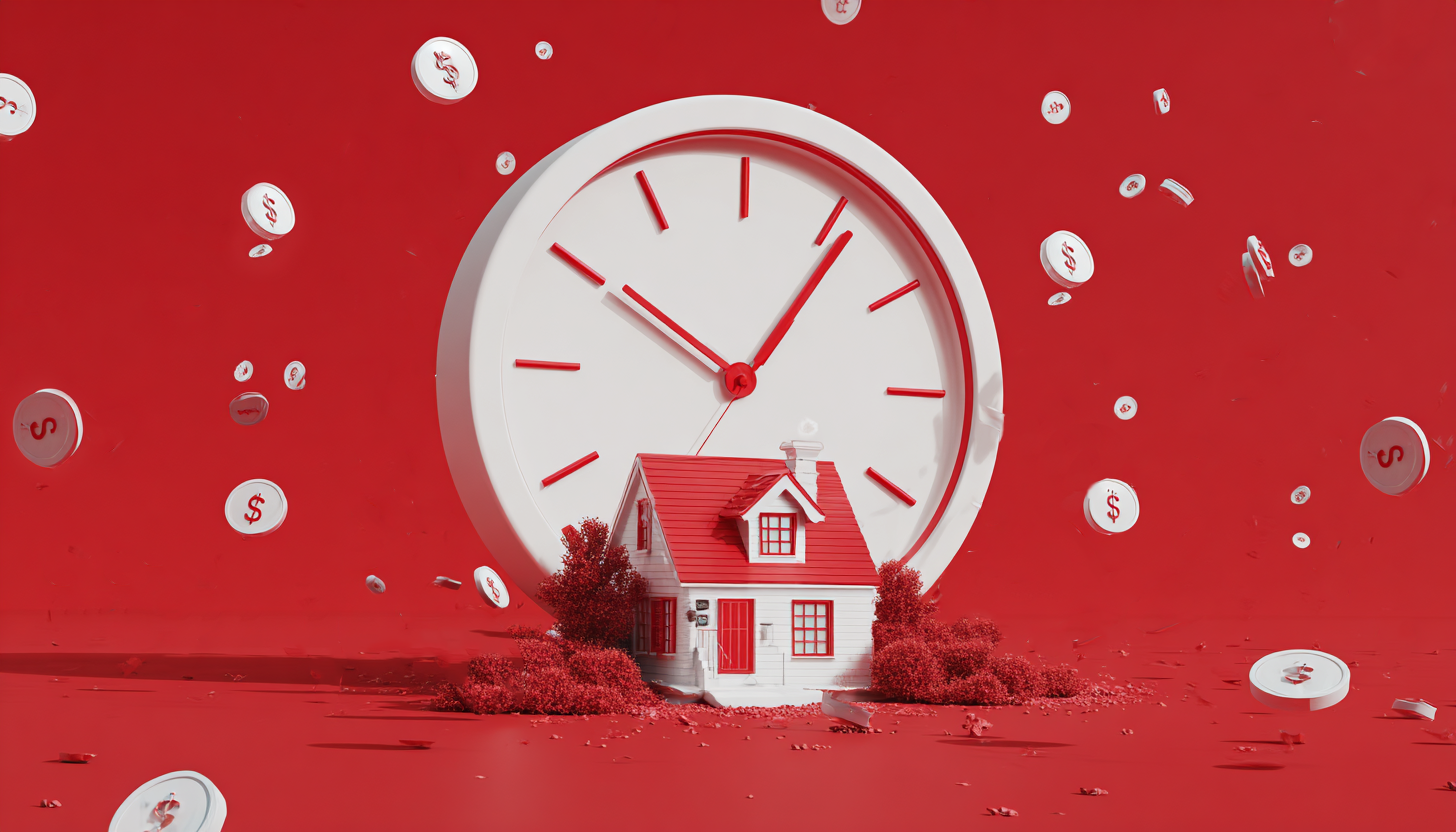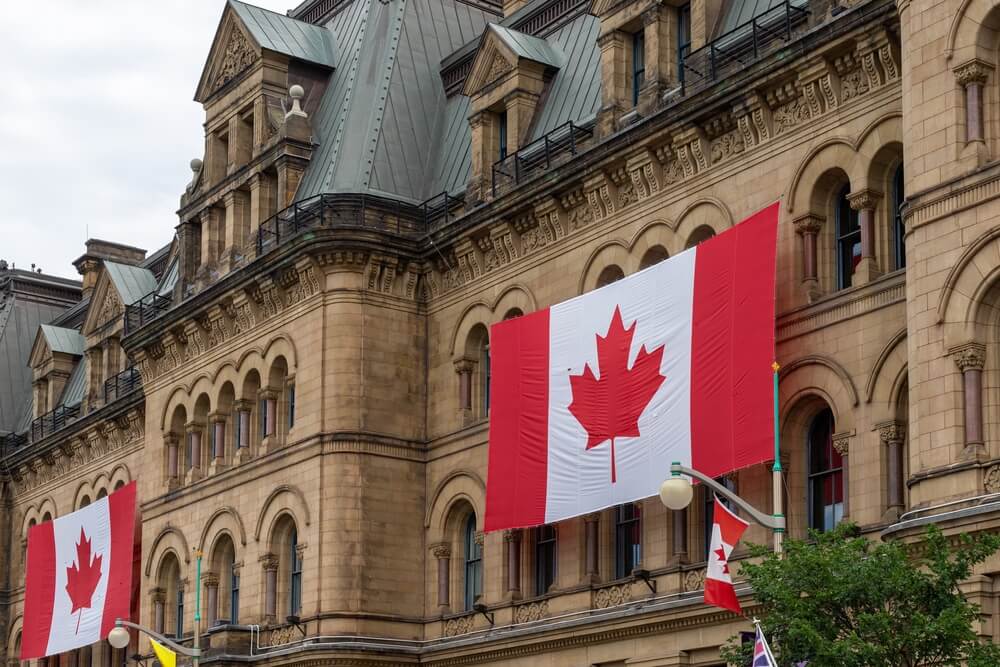
If you are not redirected within 30 seconds, please click here to continue.
Samedi: 10h – 16h HAE

If you are not redirected within 30 seconds, please click here to continue.
If you are not redirected within 30 seconds, please click here to continue.
The hidden costs of buying a home

Table of Contents
(This post has been updated from a previous version.)
When shopping for a new house, too many people make the same fatal mistake – not factoring in closing costs into their budget. These are additional costs associated with buying a home, from taxes to title insurance,
It’s important to know all these potential costs so you won’t be caught off guard when you’re about to close on a home you’ve spent so long saving for. In some cases, you may be able to get your broker or lender to waive some expenses, but make sure you're always aware of what you’ll likely need to pay in addition to your down payment.
Home inspection fee
Cost range: $300 to $1,000
Though it may be tempting, this is one part of the home-buying process you won’t want to skip. A home inspection is a wise investment. The cost of getting one done could be small compared to potential repair costs after the sale is closed. The price of the inspection will vary depending on the size of the house or condo, and some lenders will require one before they issue a mortgage.
A home inspector will go through the home to see if there are any problems. They’ll check the plumbing, electrical, heating and air conditioning, windows, walls, floors, ceilings, and other parts of the home to make sure everything is in good condition. They’ll also check out the exterior if you’re buying a house.
When you’re about to make a purchase, a home inspector can help uncover any issues with the property. This can allow you to negotiate with the seller if there are problems found. Some sellers may already have a home inspection done ahead of time to save potential buyers from having to hire their own inspectors.
Read more: The home inspection – whose responsibility is it?
Deposit
Cost range: Typically, the deposit is 5% or more of the purchase price.
When you make an offer to buy a home, you’re often expected to make a deposit as a show of good faith within 24 hours of the seller accepting your offer. When the sale goes through, the deposit is credited in full and put toward the home purchase. The amount can vary depending on where in the country you’re buying. In Ontario, for example, the typical deposit is 5% of the purchase price.
The good thing about a deposit is that it can reduce the overall amount of interest you pay on your mortgage. Use our mortgage payment calculator to see the difference it makes. One thing to remember about deposits is that they’re not the same thing as down payments.
Appraisal fee
Cost range: $275 to $500
The amount your lender will loan you will depend on the appraised market value of the home. The cost of an appraisal can vary depending on the type of dwelling you plan to purchase and the location. Some lenders will waive this fee but may still charge a financing fee—which will vary between lenders. Generally, you can expect to pay between $275 and $500 for an appraisal fee.
Land survey
Cost range: $1,000 to $2,000
Lenders will often require a land survey that shows the property’s boundaries (a land survey isn’t necessary for a condo). This will help avoid any confusion with neighbours in the future. The lender may sometimes accept a previous survey, but that will depend upon when it was completed.
The cost of the survey will vary based on how much work and research is involved. One factor to consider is the weather. In winter, the costs are often slightly higher.
Legal fees
Cost range: $900 to $2,000
A real estate lawyer or notary will take care of all the paperwork, so you don’t have to. They’ll review all the legal documents, including the agreement of purchase and the mortgage. Lawyers will also ensure there aren’t any claims on the property.
The costs can vary depending on where in Canada you’re located. Lawyers in urban areas are usually more expensive than ones in rural areas. Their prices also don’t include GST or HST.
Land transfer tax
Cost range: 0.5% to 2.5% of property value
The land transfer tax (LTT) is a type of tax you need to pay to the province or territory when buying a property. Some municipalities, such as Toronto, also have a municipal land transfer tax.
Many provinces use a multi-tiered system to calculate the amount of tax owed. On a $500,000 home in Ontario (but not Toronto), for example, 0.5% is paid on the first $55,000, 1% on the next $195,000, 1.5% on the next $150,000, and 2% on the amount above $400,000. That works out to $6,475.
There are only a few places where you don’t need to pay the tax: Alberta, Nunavut, Saskatchewan, and Yukon. However, there’s still a small transfer fee that needs to be paid.
Use our calculator to figure out what your land transfer tax might look like.
New home warranties
When you buy a new home (not a resale), you may need to purchase a warranty. These new home warranties are only mandatory in British Columbia, Ontario, and Quebec. The warranty usually covers work and material defects, as well as structural abnormalities.
The cost of a warranty varies based on the price of the home. For example, in Ontario, the fee is as low as $385 and as much as $1,800. The builder pays this and usually passes the cost on to you.
Mortgage default insurance
Cost range: 2.8% to 4% of the mortgage value
When you make a down payment of less than 20%, you’re required to get mortgage default insurance. This type of insurance is issued by the Canada Mortgage and Housing Corporation (CMHC), Genworth Canada, or Canada Guaranty. It’s commonly known as CMHC insurance.
This insurance protects the lender in the event the borrower is unable to make their mortgage payments. The premium you pay will depend on how large your down payment is:
- 4% premium for a down payment of 5% to 9.99%
- 1% premium for a down payment of 10% to 14.99%
- 8% premium for a down payment of 15% to 19.99%
Using the RATESDOTCA mortgage insurance calculator, if you buy a home that costs $500,000, with a down payment of 5% (or $25,000), you will pay a premium of $19,000 on the $475,000 that you borrowed. Most lenders will add this to your mortgage, so you’ll end up borrowing $494,000. However, if you make a down payment of 15% (or $75,000) on the same $500,000 home, the premium will be $11,900 on the $425,000 mortgage. By making a much larger down payment, your premium will be lower.
Related: Guide to mortgage default insurance
Mortgage life insurance
Cost range: Varies
When you get a mortgage, your lender will give you an option to buy mortgage life insurance, which is equal to the amount you owe. This charge is different than mortgage-default insurance.
Mortgage life insurance can give your family peace of mind in the event you pass away. However, the bank receives the funds, and your loved ones don’t receive any monetary value from the policy. Also, the amount of coverage declines each time you make a mortgage payment. And if you decide to move your mortgage to another lender, you lose your coverage.
It’s often cheaper to buy term life insurance. You can choose how much coverage you want, and your loved ones can decide how the proceeds are spent.
Don't waste time calling around for life insurance
Use RATESDOTCA to shop around and compare multiple quotes at the same time.
Finding the best life insurance coverage has never been so easy!
Title insurance
Cost range: Varies by province and property
Most lenders will require you to get title insurance, which protects you from title defects, omissions, or errors (such as those in existing surveys or the public registry). This type of insurance also protects you from heirs who might try to claim your property or fraudulently discharged mortgages.
The cost of title insurance will depend on whether you’re buying a new or resale property, whether it’s a house or a condo, the value of the property and the province or territory in which you reside. Title insurance may run you between $200 to $500.
Home insurance
Home insurance covers damage related to your house and property. While home insurance is an ongoing expense that customers pay into monthly, it should be factored into your home-buying budget, as it’s highly unlikely a lender will offer you a mortgage without proof of home insurance. The cost of a home insurance policy will vary depending on your personal details, home features and the amount of coverage.
It’s best to compare home insurance prices with various providers. Shopping around can help you find a better rate.
Don't waste time calling around for home insurance
Use RATESDOTCA to shop around and compare multiple quotes at the same time.
Finding the best home insurance coverage has never been so easy!
Sales tax
Cost range: Depends on the province or territory
When you buy a new home, you have to pay the goods and services tax (GST) or the harmonized sales tax (HST). In Quebec, you need to pay both GST plus the provincial sales tax (PST). That can add an additional 15% to the purchase price. If you buy a new home, you may qualify for the GST/HST new housing rebate (or the GST-PST new housing rebate in Quebec). However, you don’t have to pay any sales tax if the home was previously owned.
The GST/HST also applies to all the services you pay for, such as your lawyer, home inspector, movers and real estate agent’s commission.
Utilities and property taxes
In some cases, you may have to pay the previous owner for any utilities or property taxes they paid beyond the closing date. These are called adjustments and include water, hydro and property taxes. This ensures both the buyer and seller only pay for the utilities and taxes for the period they owned the property.
Related: Paying property taxes through your mortgage — is there another option?
Moving costs
The cost of moving can vary. If you rent a truck, get free boxes from work, pack everything yourself and have a few friends help out, the costs will be lower. Hiring a moving company will cost more, depending on the level of service you want. You could have them pack and move everything or just move your belongings.
Other costs
Many other costs may apply to your situation, such as:
- New appliances
- Renovations or repairs
- Service hook-up fees
- Condo fees
- Landscaping expenses
- Snow clearing equipment
Learn more: The (hidden) costs of moving in Canada
How can I save if I’m a first-time homebuyer?
If you’re a first-time homebuyer, there are some government programs and incentives you can take advantage of to assist with the home purchase itself or offset some of the costs of buying a new home.
The Home Buyer’s Plan
First-time homebuyers are eligible for the Home Buyer’s Plan (HBP), which allows you to make a tax-free withdrawal from your RRSP to use for purchasing a home. The HBP amount is $35,000. If both you and your partner or spouse plan on buying a home together, you can each withdraw up to $35,000 (for a total of $70,000) if you both qualify for the HBP.
There is a catch, however. You must pay back the amount withdrawn over 15 years. To calculate how much you owe annually, you take the amount withdrawn and divide it by 15. The amount also appears on your notice of assessment from the Canada Revenue Agency (CRA). You can also find this information online through your CRA MY Account. Any year you don’t pay back what you owe, you will have to claim it as income on your tax return.
Repayments to the HBP start two years from when you make an RRSP withdrawal. That means if you buy a home in 2024, you must begin making repayments in 2026.
Home Buyer’s Amount
The Home Buyer’s Amount—formerly known as the First-Time Home Buyer’s Tax Credit (HBTC)—is a non-refundable tax credit for qualifying first-time homebuyers. You can claim up to $10,000.
To use the credit, you or your spouse/common-law partner must have bought a qualifying home, and neither of you must have owned or lived in a primary residence for at least four years before the home was purchased.
First Home Savings Account
Introduced in April 2023, the First Home Savings Account offers tax benefits upon deposit and withdrawal. Like an RRSP, it allows account-holders to contribute up to $8,000 a year in a deductible savings account – and like a TFSA, contributions are tax-free upon withdraw, including any interest or investment gains that have been made inside the FHSA.
Learn more: What is a First Home Savings Account?
Land transfer tax rebate
First-time homebuyers may qualify for a rebate on the land transfer tax, depending on where you live. In Ontario, for example, you can get a rebate of up to $4,000. Municipalities that charge land transfer taxes may also offer rebates for first-time homebuyers.
Compare Mortgage Rates
Engaging a mortgage broker before renewing can help you make a better decision. Mortgage brokers are an excellent source of information for deals specific to your area, contract terms, and their services require no out-of-pocket fees if you are well qualified.
Here at RATESDOTCA, we compare rates from the best Canadian mortgage brokers, major banks and dozens of smaller competitors.
Get money-saving tips in your inbox.
Stay on top of personal finance tips from our money experts!








